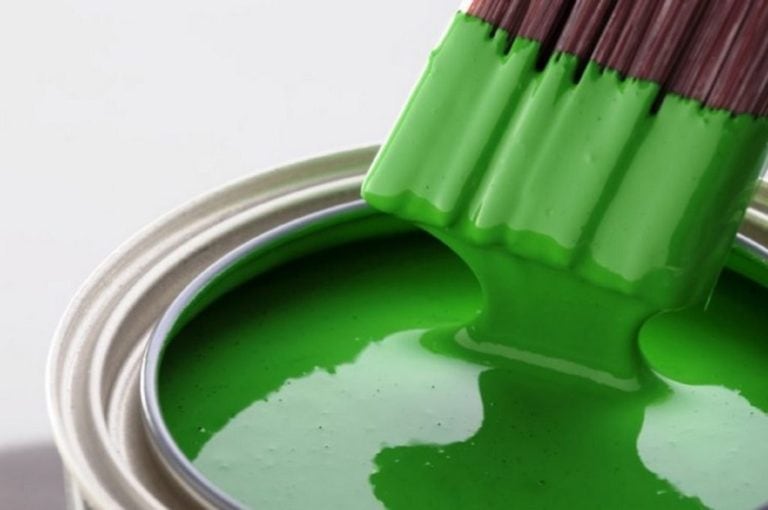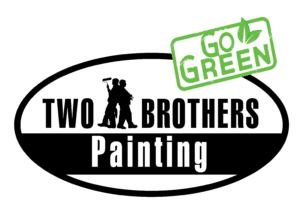
It doesn’t matter if your next paint project is your home’s interior walls or repainting a piece of treasured furniture, the perfect paintbrush will give better results and make the project much easier. When choosing a paintbrush, there are 3 factors to consider – the brush material, the size, and the shape.
Choosing the Perfect Paintbrush
The Right Paintbrush Material
The brush material you choose will depend on the project and the type of paint you will be using. If you are using an oil-based paint, select a paintbrush with natural fibers. These brushes are made from animal hair such as hog, sable, or badger hair. Expect a smooth finish when using a natural bristle paintbrush for oil-based top coating, including varnish, shellac, enamel, or polyurethane.
A high-quality synthetic paintbrush is recommended for water-based paints such as latex. Synthetic paintbrush fibers will use polyester or a polyester-nylon blend that will not soak up liquid like natural fibers. And the better the quality, the better job these paintbrushes are at creating a smooth finish and providing a good balance between softness and stiffness for better control.
The Right Size Paintbrush
Sometimes the right size paintbrush is a matter of personal preference of sizes that go up to 6 inches wide. The right size paintbrush really depends on the area you will be painting. Wide swaths of area demand a larger paintbrush to make the job go faster, while detail work around windows and edge and corner work may require a paintbrush size as small as one- to two-and-a-half-inches wide.
When painting furniture, a three-inch brush is best for painting cabinets, shelving, and doors. Larger, four- and five-inch brushes are reserving for cutting in or painting large surfaces such as walls and ceilings.
The Right Shape Paintbrush
The final decision for choosing the perfect paintbrush is to select the right shape or angle cut. For detailed paintwork such as trim or cutting in the edges of walls before using a roller, an angled tip paintbrush is recommended. These short, angled brushes are excellent for detail work because of the increased control and stability they offer.
Four- to six-inc paintbrushes with squared ends are best for painting wide, flat surfaces such as walls, panels, and ceilings. A good quality, square paintbrush can take the place of a roller brush as you can cover a lot of surface with the wider strokes. For the most detailed and intricate painting, you will find a round-tip paintbrush will give you the most precision and accuracy.
If you’re a Rhode Island homeowner or thinking of repainting your business or apartment, contact us for more information about interior and exterior painting projects.
Free Painting Estimate
Do not fill this form out if you’re a solicitor.

